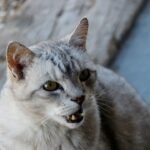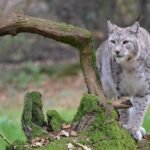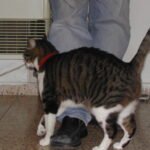Imagine standing on a vast, sweeping plain, the wind rustling through tall, golden grass—then suddenly, out leaps a saber-toothed cat, its enormous fangs gleaming in the sunlight! The rise of grasslands changed everything for these legendary felines, shaping their bodies, their habits, and even their personalities. Get ready to discover 25 wild and wonderful ways that saber-toothed cats were transformed by the grassland world. Each slide is a window into their lives—prepare to be surprised, delighted, and maybe even a little spooked!
Grasslands: The Ultimate Stage for Predators

When forests gave way to open grasslands millions of years ago, the entire playing field changed for big cats. Suddenly, there were fewer places to hide, and prey could spot danger from far away. Saber-toothed cats had to up their game, becoming bolder and more inventive hunters. The vast openness meant new challenges, but also new opportunities for those willing to adapt. Imagine being a cat in a world with nowhere to hide—would you chase, ambush, or outsmart your prey? That’s the daily drama of life on the grasslands.
Muscles Built for Sudden Power

Unlike today’s cheetahs that sprint, saber-toothed cats developed thick, powerful muscles—especially in their forelimbs. Grasslands forced them to tackle prey head-on, often wrestling animals much bigger than themselves to the ground. It’s as if these cats carried their own personal gym—every leap and pounce was a showcase of pure, explosive strength. Think of them as the weightlifters of the cat world, ready to deliver a knockout punch at a moment’s notice.
Fangs Like Swords: Not Just for Show
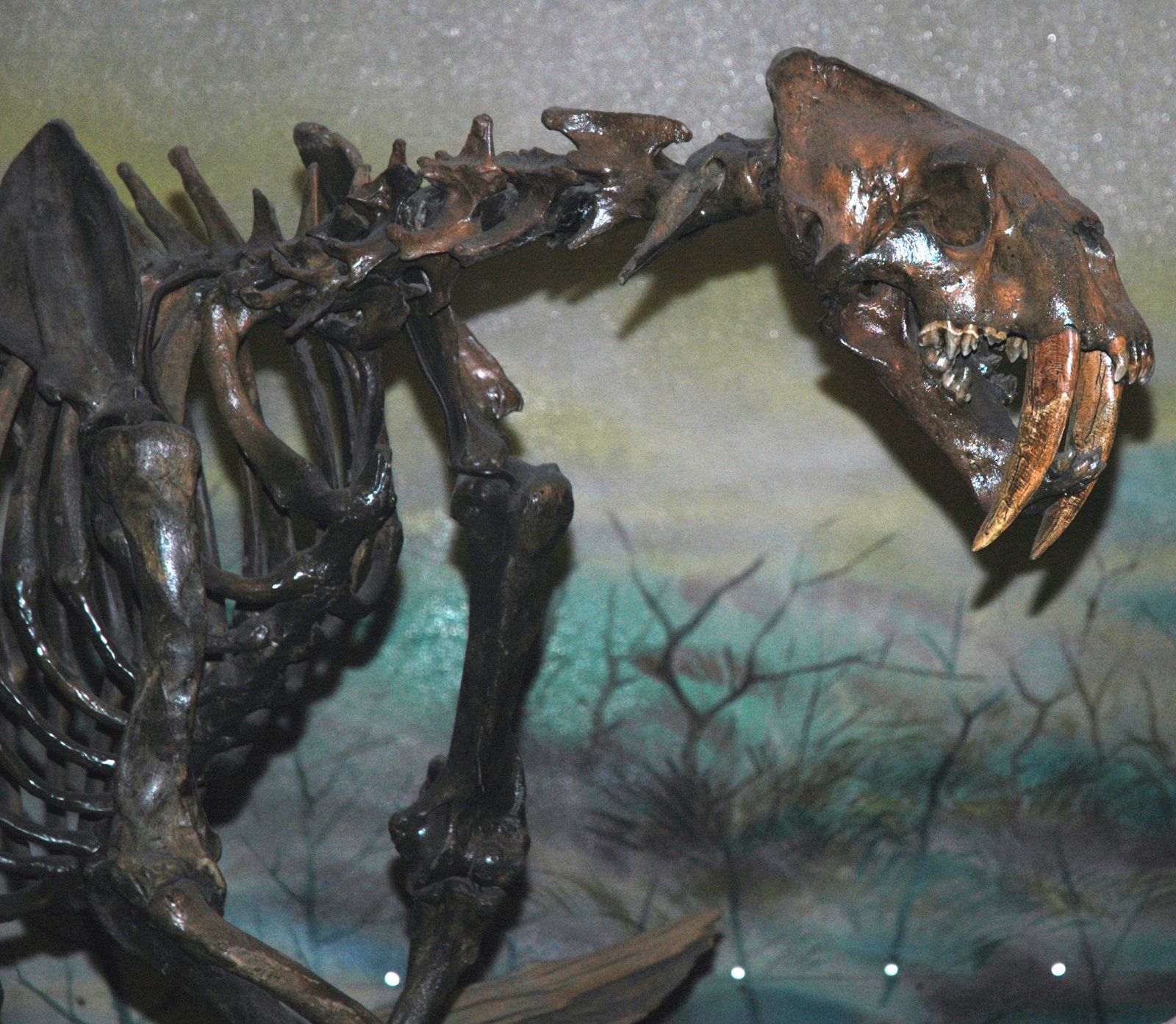
What’s the point of those giant, saber-shaped teeth? In the open grasslands, those fangs became tools for quickly dispatching large, tough-skinned prey. A single deep bite could end a hunt in seconds. But those teeth were delicate—saber-toothed cats had to use them with surgical precision, like a chef slicing the perfect cut. It’s a bit like having a supercar: powerful, but you’d better know how to handle it!
Stealth in a Sea of Gold

Hunting in grasslands meant blending in was key. Saber-toothed cats likely had camouflaged coats—dull golds, browns, maybe even faint stripes—to disappear among the tall grasses. Every step was calculated, each movement as silent as a whisper. Imagine a ninja with fur—these cats were masters of disappearing in plain sight, waiting for just the right moment to strike.
Big Prey, Big Rewards
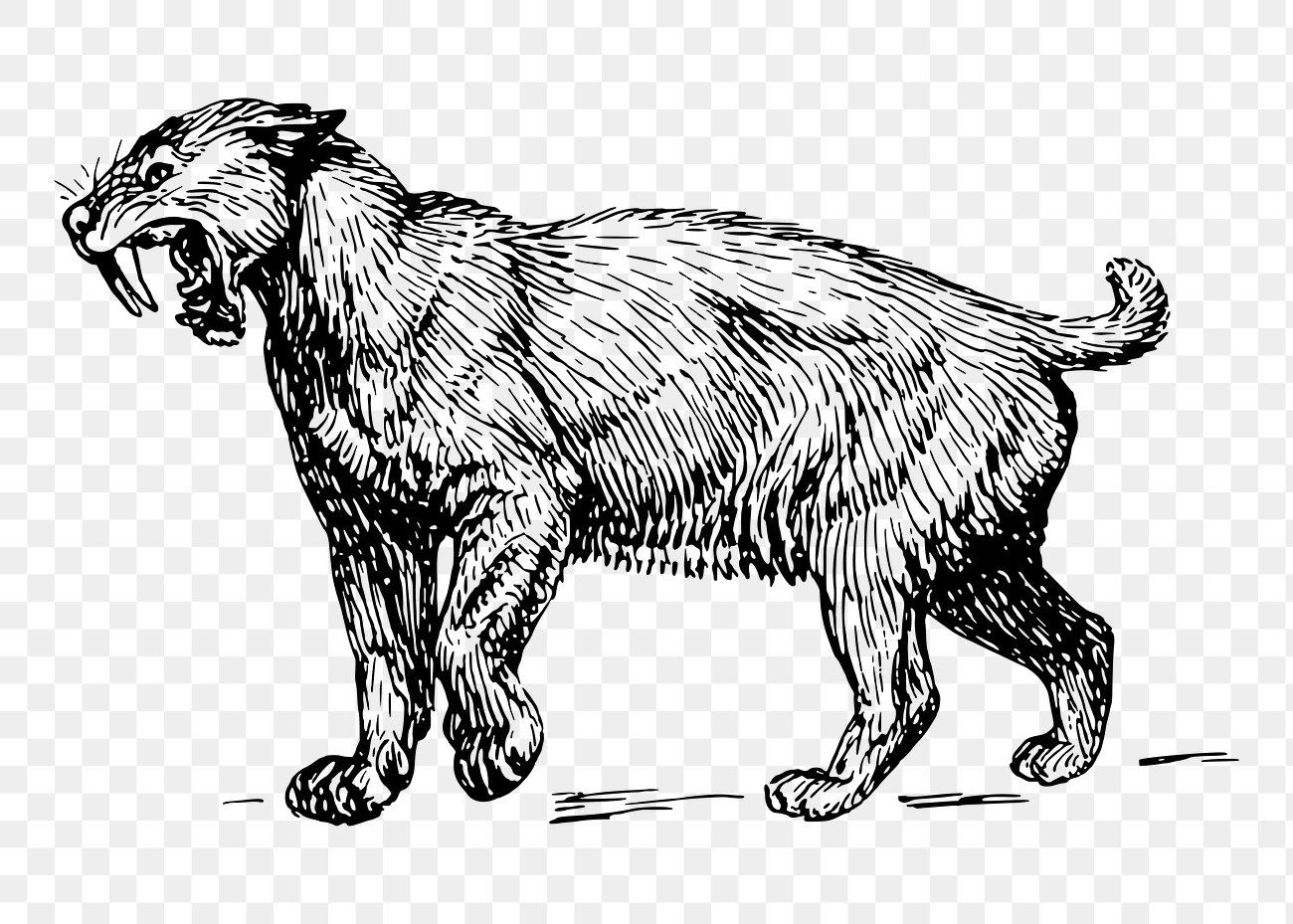
With so many massive herbivores roaming the grasslands—think giant bison, mammoths, and horses—saber-toothed cats had to size up. Taking down big prey meant more food, but also more risk. These cats became specialists at targeting the sick, the old, or the unwary, sometimes teaming up for a group hunt. It’s like a high-stakes game of chess, where every move could mean feast or famine.
Family Ties and Fierce Teams

There’s evidence that saber-toothed cats may have hunted in packs or at least formed close family groups. In the grasslands, teamwork was often the difference between a successful hunt and going hungry. Imagine a family reunion, but everyone’s working together to take down dinner! This social side made them more like lions than solitary tigers, showing that even the fiercest cats sometimes needed a helping paw.
Speed Wasn’t Everything

Unlike cheetahs or leopards, saber-toothed cats weren’t built for speed. Grasslands forced them to rely on ambush tactics instead of all-out chases. They crept low, using the grass as cover, then exploded into action at the last second. Picture a game of freeze tag—waiting, waiting, then pouncing at just the right moment. Their hunting style was a masterclass in patience and timing.
Short Tails, Long Limbs
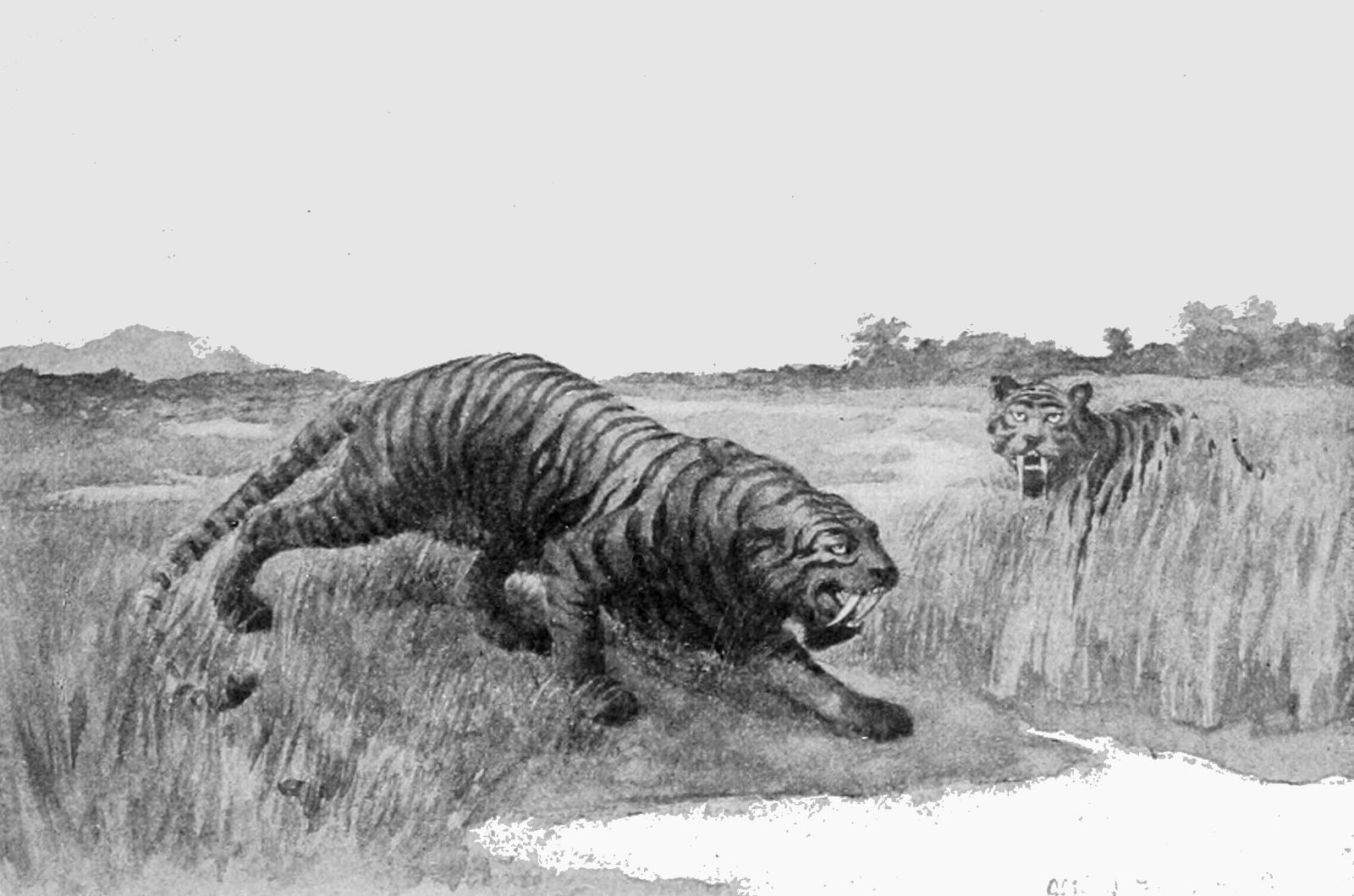
Ever noticed how modern cats use their tails for balance? Saber-toothed cats, surprisingly, had short, stubby tails. In the open plains, quick turns weren’t as important as raw power. Their long, muscular limbs gave them the reach and strength to grapple with massive prey. It’s a bit like trading in a tightrope for a wrestling ring—stability takes a back seat to brute force.
Eyes on the Prize

Open grasslands meant saber-toothed cats needed razor-sharp vision. Their eyes were set forward, giving them excellent depth perception—crucial for judging distance during a surprise attack. Some scientists believe they had an uncanny ability to spot the slightest movement way out on the plain. Imagine having built-in binoculars, always scanning the horizon for the next meal or a lurking rival.
The “Scimitar Cat” Cousins
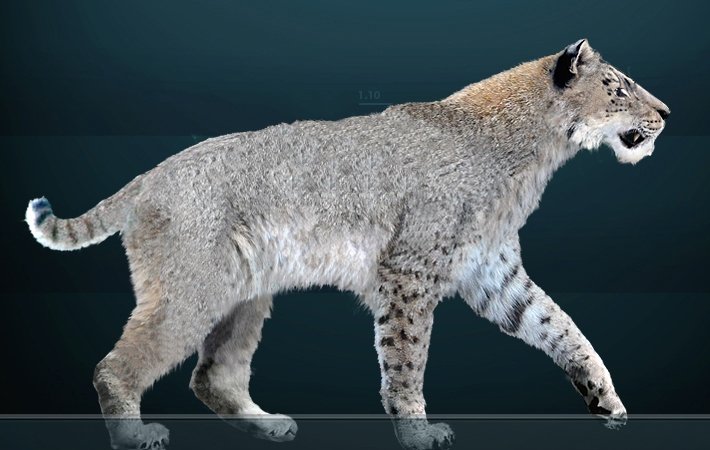
Not all saber-tooths were created equal! Some, like the “scimitar cats,” had shorter, straighter fangs and longer legs—perfect for chasing prey on the open grasslands. Think of them as the greyhounds of the saber-tooth world, blending speed with deadly precision. This diversity shows just how creative evolution can get when the landscape changes.
A Roar Heard Across the Plains

Communication was key in the open country. Saber-toothed cats probably roared, growled, or used other loud calls to signal each other across the wide grasslands. Imagine a thunderous roar rolling over the plains, telling rivals to back off or calling family to a fresh kill. It’s the wildcat version of sending a text—loud, clear, and impossible to ignore!
Territory Wars on a Grand Scale
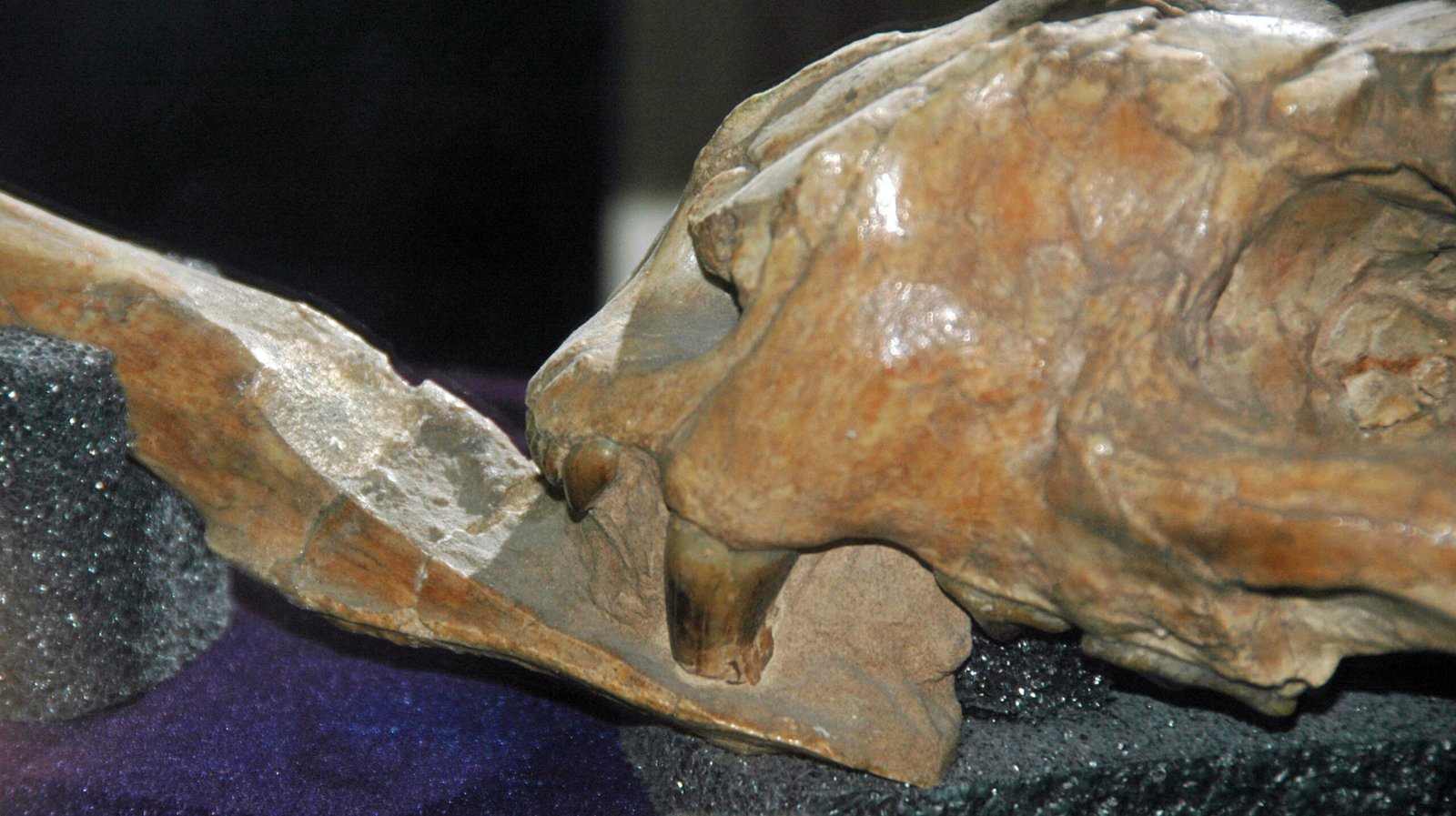
With so much space, saber-toothed cats needed huge territories to find enough food. This led to epic turf wars, with males marking boundaries and defending their patch from rivals. Sometimes, scars on ancient bones reveal the price of these battles. It’s like living in a neighborhood where every block is hotly contested—no room for trespassers!
Fossil Graveyards: A Window Into Their World
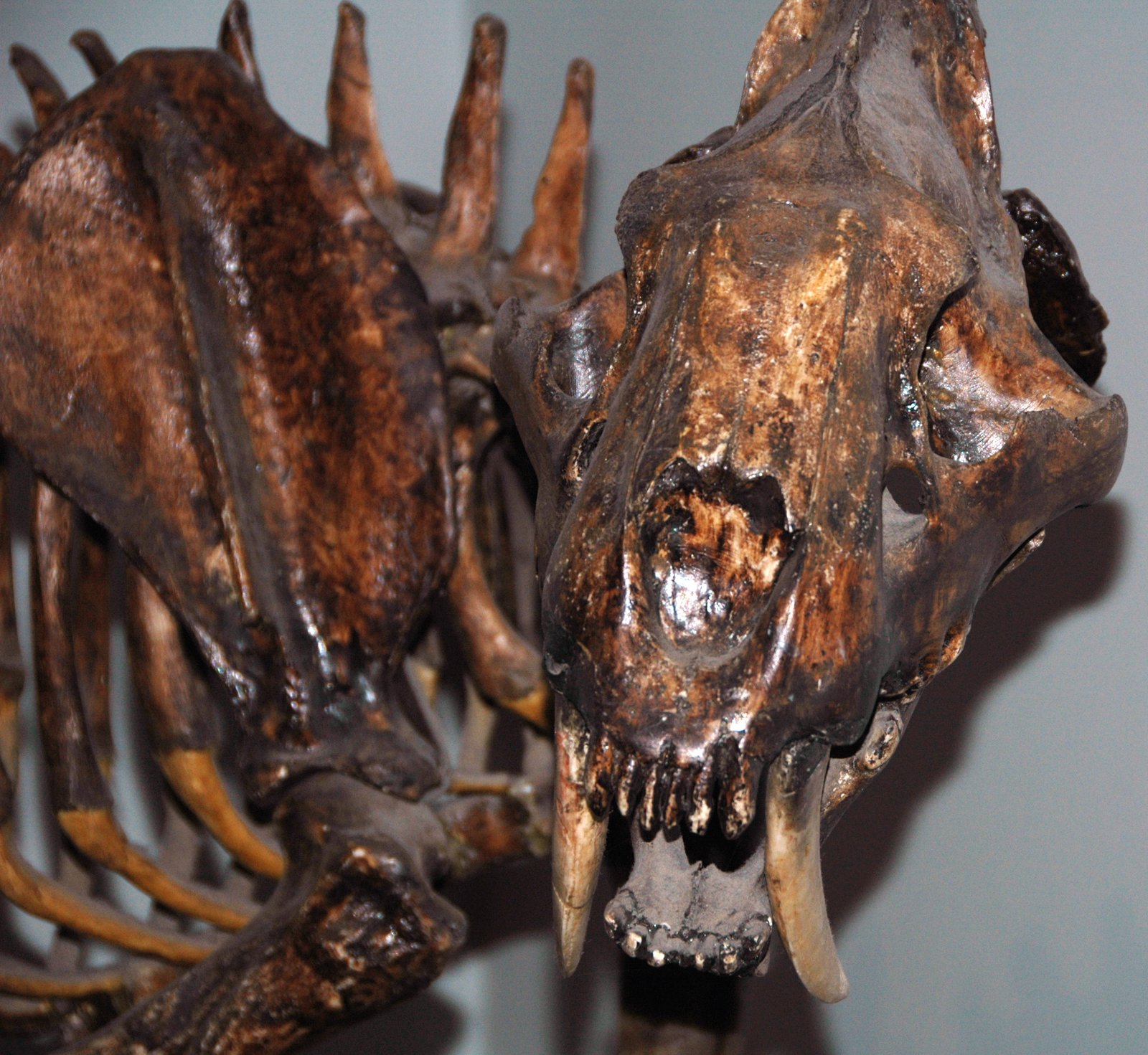
Places like the La Brea Tar Pits in California are packed with saber-tooth fossils, offering a snapshot of their lives and struggles. These “bone beds” tell stories of fierce battles, broken teeth, and epic hunts gone wrong. It’s like stumbling upon a time capsule, filled with the secrets of an ancient cat society.
Adaptations for the Long Haul

Grasslands weren’t just about hunting—they also meant traveling long distances to find food and water. Saber-toothed cats developed sturdy legs and efficient bodies, able to cover many miles without tiring. Imagine going on a cross-country road trip with no rest stops—these cats were built for endurance as much as power.
Climate Change: The Grassland Gamble
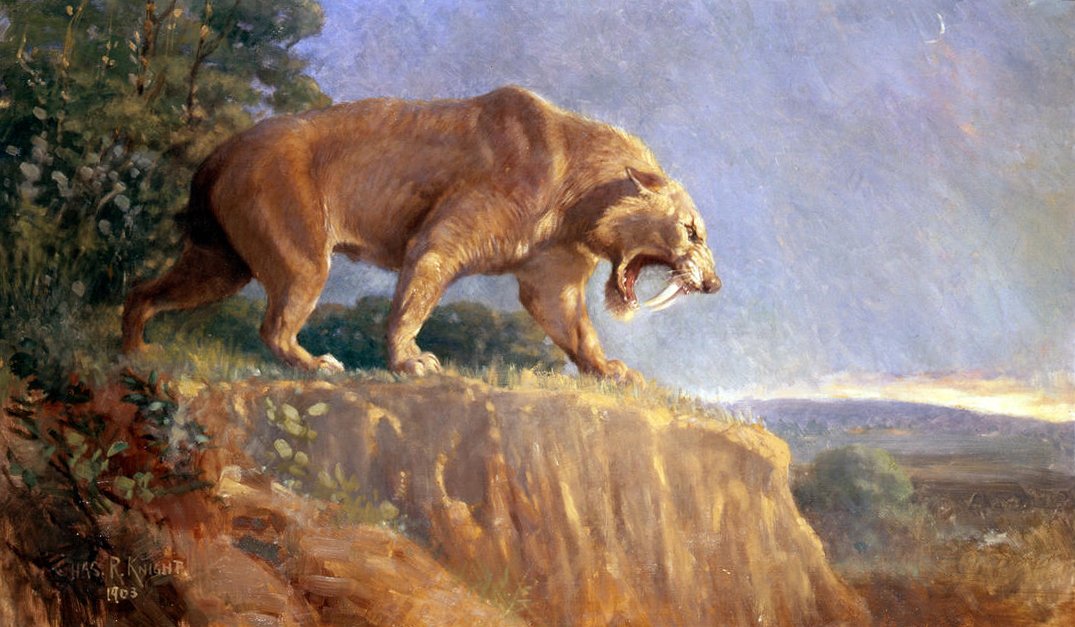
As climates shifted and grasslands expanded and shrank, saber-toothed cats had to constantly adapt. Sometimes food was plentiful, other times scarce. This rollercoaster of feast and famine shaped their bodies and behaviors, turning them into some of the most flexible predators the world has ever seen.
The Art of the Quick Kill
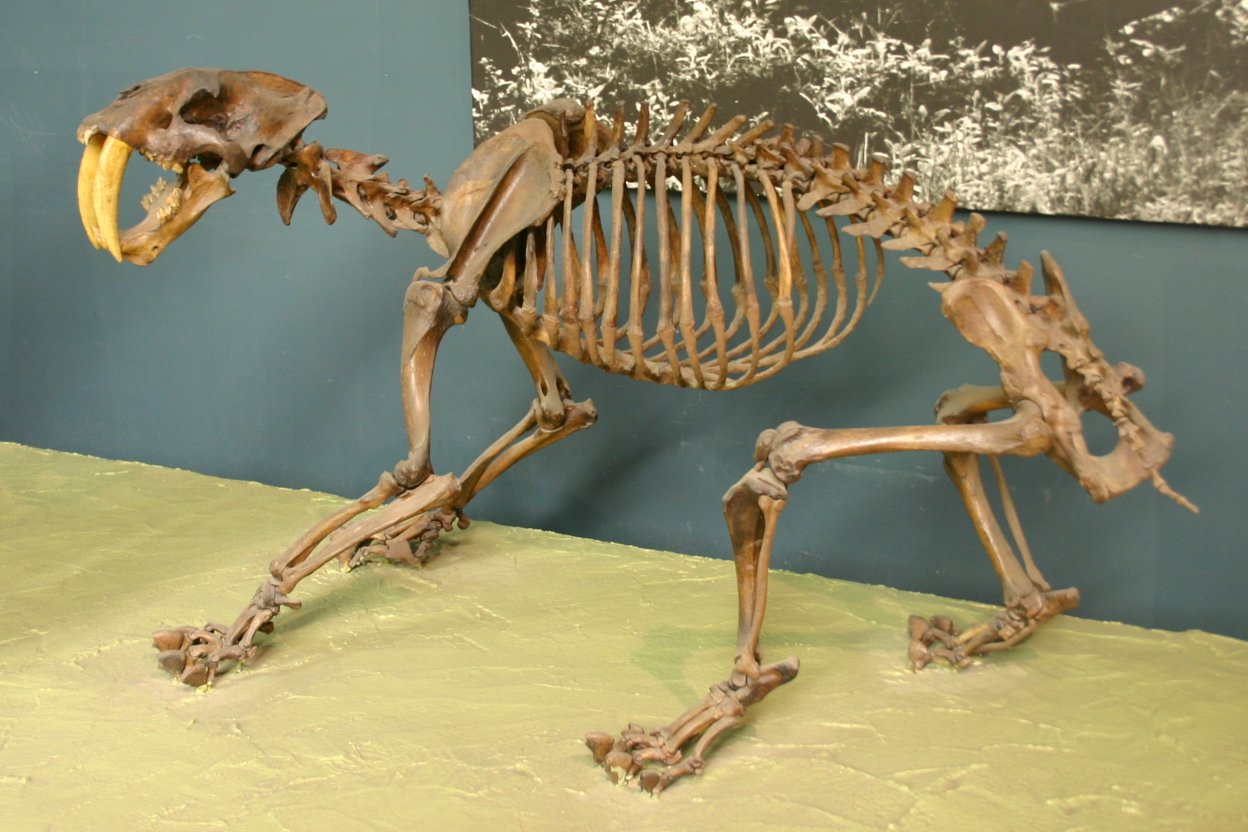
Those famous saber fangs were perfect for quick, targeted kills—slashing at the neck or throat of large prey. Unlike modern cats that suffocate their victims, saber-tooths aimed for a fast, dramatic finish. It’s like going for the knockout punch rather than a slow wrestle—high risk, high reward.
Surviving the Dry Season

Grasslands could be harsh, especially when rains failed and waterholes dried up. Saber-toothed cats had to travel farther, hunt harder, and sometimes scavenge from other predators. Their toughness and resilience made them true survivors, able to tough out the worst that nature could throw at them.
Hiding in Plain Sight: The Grassland Camouflage
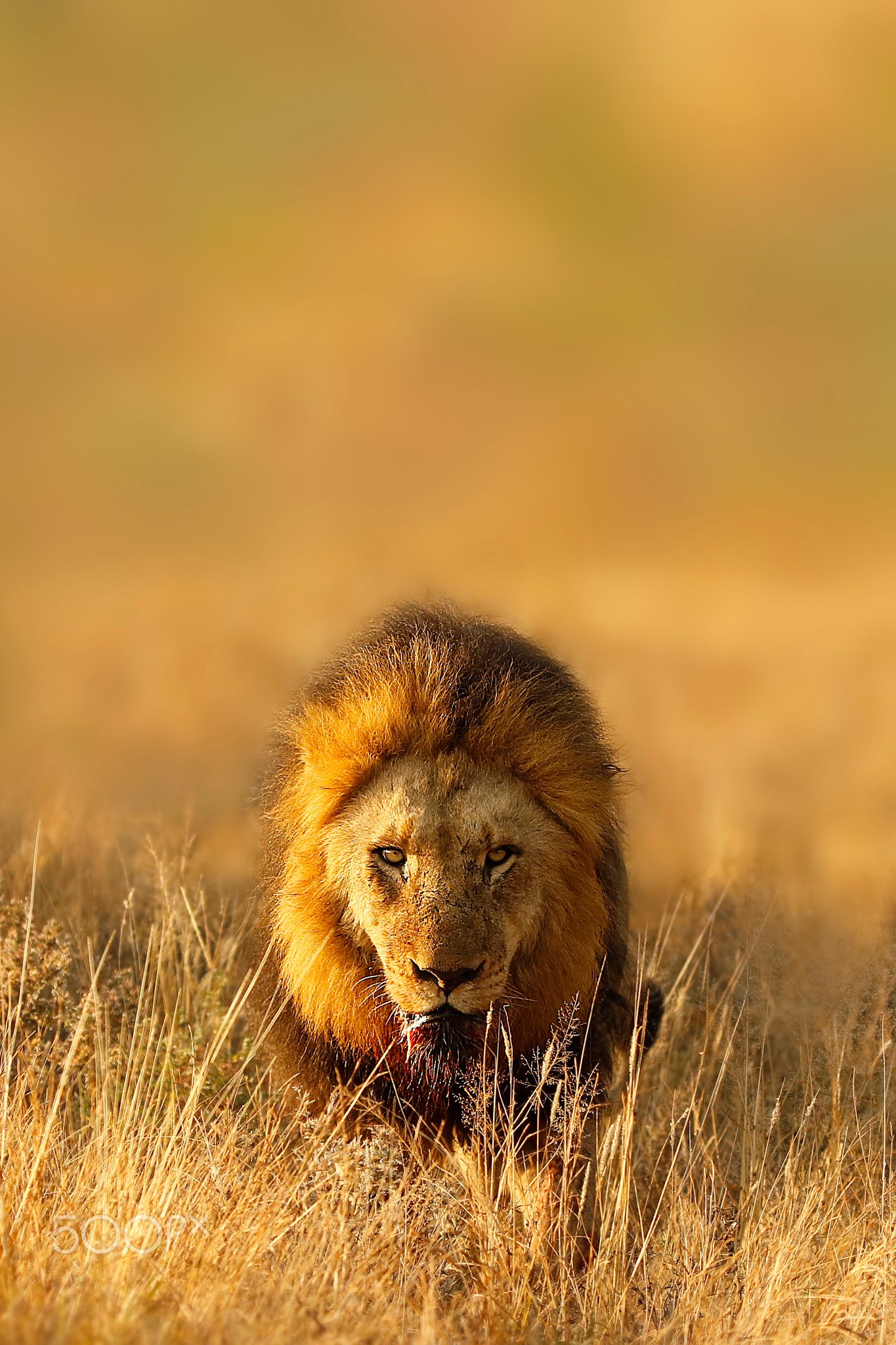
Tall grass offered the perfect hiding place, but only for the clever. Saber-toothed cats learned to freeze, crouch low, and use every blade of grass for cover. Their coats likely shifted in color with the seasons, blending perfectly with the changing landscape. It’s a game of hide-and-seek where the stakes are life and death.
Night Stalkers on the Prowl

Open plains get dark—really dark. Saber-toothed cats probably hunted at night as much as by day, using their keen senses to track prey under the stars. Their eyes may have glowed in the moonlight, catching every flicker of movement. Imagine being stalked by a shadow—silent, patient, and almost invisible.
Frozen in Time: The Ice Age Connection

Many saber-toothed cats thrived during the Ice Age, when cold grasslands stretched for miles. Their thick fur and stocky builds helped them survive freezing nights and blizzards. It’s hard to picture a cat in a snowstorm, but these ancient hunters were perfectly suited for the chill.
Legacy in Modern Cats
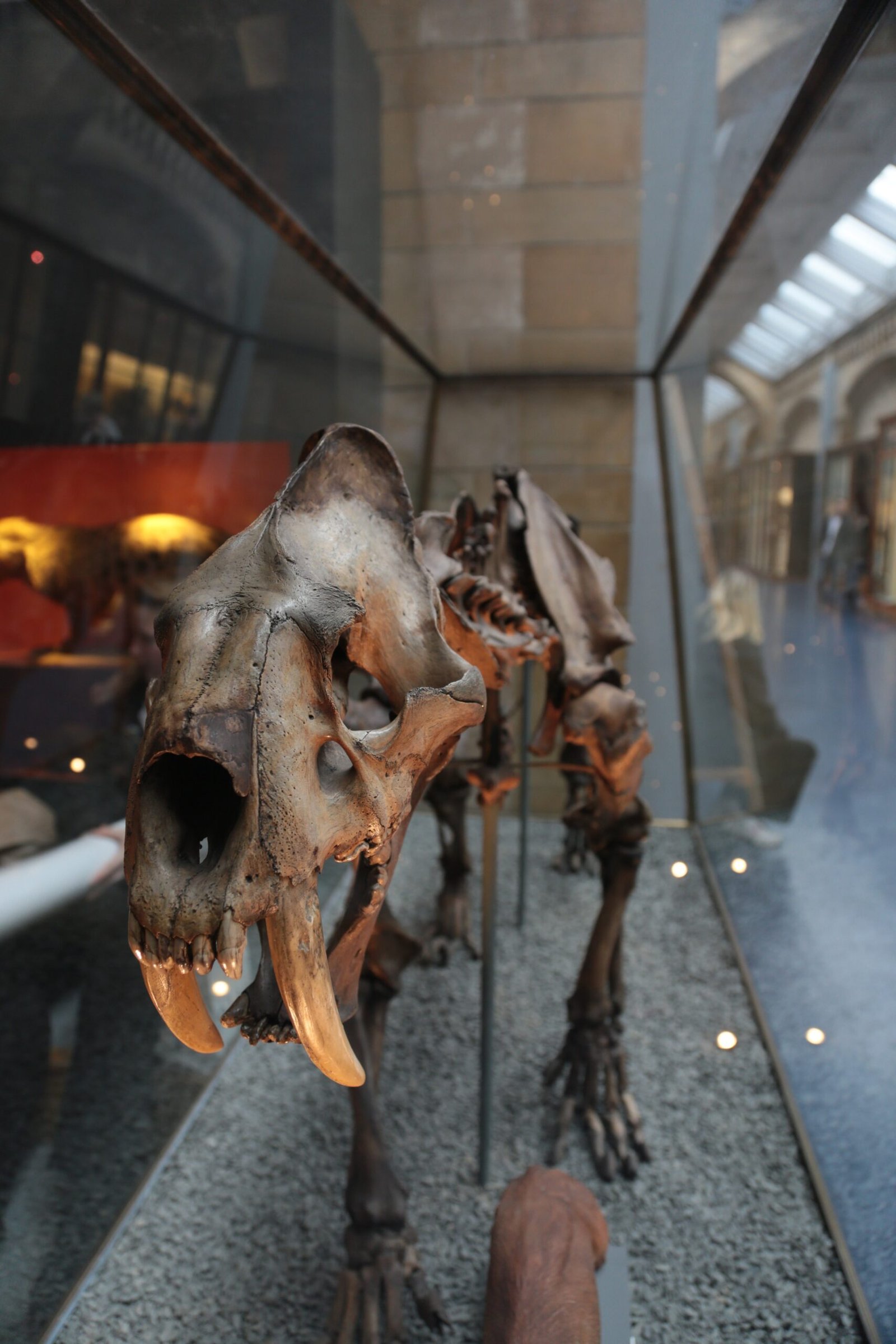
Today’s lions, tigers, and leopards all carry a little saber-tooth spirit. Their hunting styles, family bonds, and even some facial features are distant echoes of those grassland kings. When you watch your housecat stalk a toy, you’re seeing a tiny bit of saber-tooth magic in action.
Imagination Unleashed: The Saber-Tooth in Pop Culture
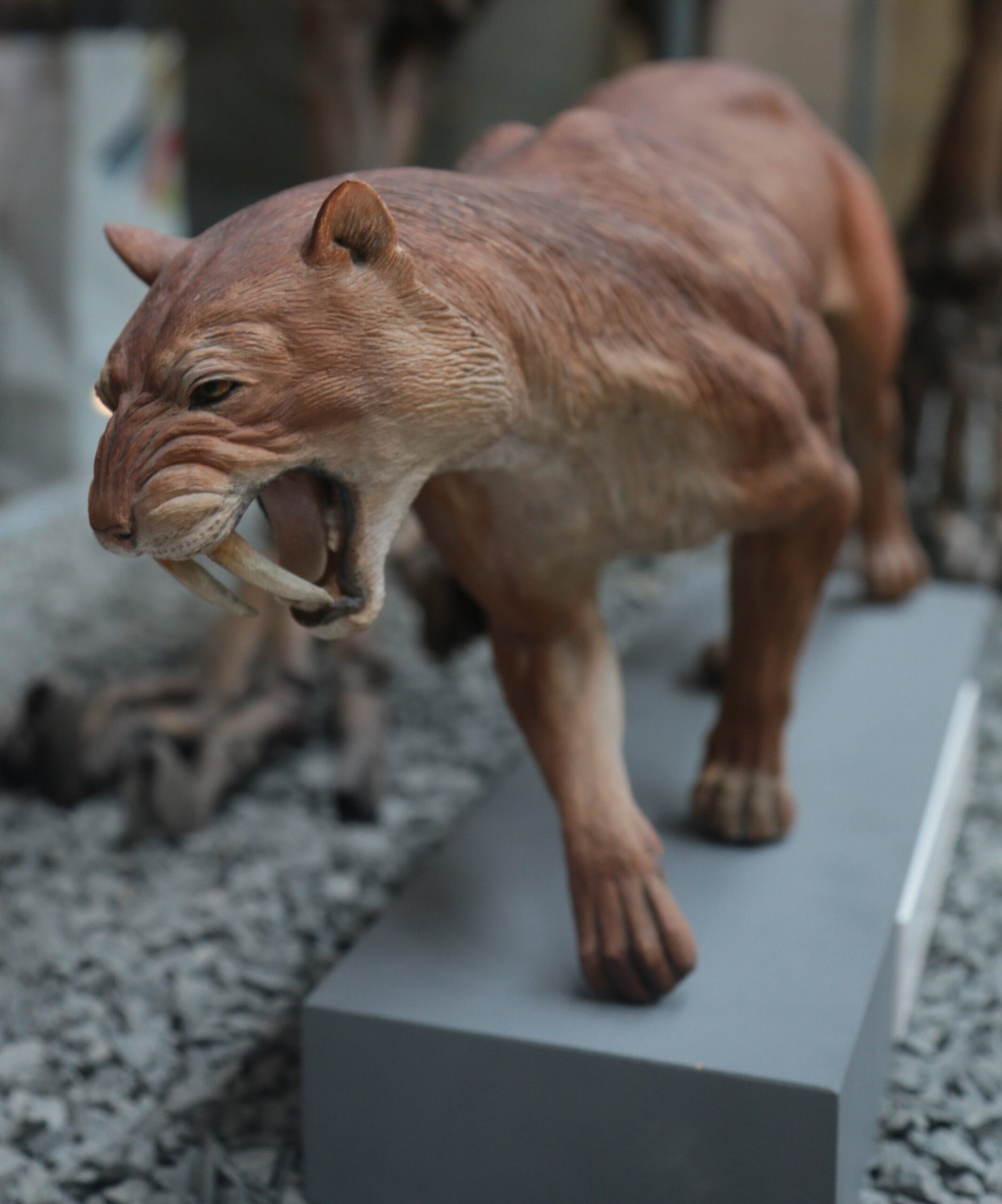
From cartoons to movies, saber-toothed cats have leapt into our imaginations. Their epic fangs and mysterious lives make them stars of books, video games, and even superhero comics. They’re the rockstars of the prehistoric world—fierce, flashy, and unforgettable.
Which saber-toothed cat fact surprised you most—or which one would you love to see come alive in your own backyard?

Suhail Ahmed is a passionate digital professional and nature enthusiast with over 8 years of experience in content strategy, SEO, web development, and digital operations. Alongside his freelance journey, Suhail actively contributes to nature and wildlife platforms like Feline Fam, where he channels his curiosity for the Feline into engaging, educational storytelling.
With a strong background in managing digital ecosystems — from ecommerce stores and WordPress websites to social media and automation — Suhail merges technical precision with creative insight. His content reflects a rare balance: SEO-friendly yet deeply human, data-informed yet emotionally resonant.
Driven by a love for discovery and storytelling, Suhail believes in using digital platforms to amplify causes that matter — especially those protecting Earth’s biodiversity and inspiring sustainable living. Whether he’s managing online projects or crafting wildlife content, his goal remains the same: to inform, inspire, and leave a positive digital footprint.


